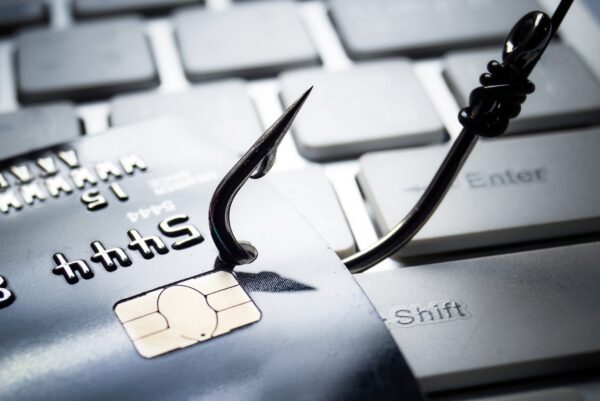
Phishing attacks remain one of the most pervasive cyber threats, with small businesses often being prime targets due to their limited security resources. In 2025, these scams are becoming increasingly sophisticated, leveraging new tactics to exploit vulnerabilities. Here are the top phishing scams that small businesses should watch out for:
1. AI-Powered Phishing Emails
Cybercriminals are now using AI to craft highly personalized and convincing phishing emails. These emails mimic trusted contacts, using accurate details and realistic language to deceive recipients into sharing sensitive information or clicking malicious links.
2. Fake Vendor Invoices
Scammers pose as legitimate vendors, sending fraudulent invoices that look authentic. Small businesses often fall victim when processing payments, especially if the phishing email aligns with existing transactions or business relationships.
3. Credential Harvesting via Fake Login Pages
Attackers send emails claiming account issues or urgent actions required, directing recipients to fake login pages resembling platforms like Office 365, QuickBooks, or Google Workspace. Entering credentials on these pages gives attackers full access to the accounts.
4. Social Media Impersonation
Phishers create fake social media profiles mimicking business executives, employees, or partners. Using these profiles, they send messages to employees or customers requesting sensitive information or payments.
5. QR Code Scams
With QR codes becoming more common for transactions and communication, scammers are embedding malicious links in QR codes. When scanned, these codes can lead to phishing sites designed to steal credentials or download malware.
6. Business Email Compromise (BEC)
BEC scams trick employees into transferring funds or sharing sensitive information by impersonating senior executives or trusted partners. These emails often convey urgency to bypass regular verification processes.
7. Tech Support Scams
Small businesses are targeted with fake alerts about system issues, urging them to contact bogus tech support services. These scammers often request remote access or payment for “fixing” non-existent problems.
8. Fake Job Applications
Phishers send job applications with malicious attachments disguised as resumes or portfolios. Opening these files can install malware or ransomware on the business’s systems.
9. Supply Chain Attacks
Scammers infiltrate trusted supply chain partners and use their legitimate email accounts to send phishing messages to businesses, making the attacks harder to detect.
10. SMS Phishing (Smishing)
Using text messages, scammers impersonate banks, delivery services, or software providers. These messages often contain links to phishing sites or prompt the recipient to share confidential information.
Protecting Your Business
To guard against these evolving threats:
- Train Employees: Regularly educate your team on recognizing phishing attempts and reporting suspicious activity.
- Enable Multi-Factor Authentication (MFA): Adding an extra layer of security helps protect accounts even if credentials are compromised.
- Verify Communications: Always confirm requests for sensitive information or fund transfers through a secondary communication channel.
- Update Software: Keep all systems and software up to date to patch vulnerabilities.
- Invest in Security Tools: Utilize email filters, firewalls, and anti-malware solutions to detect and block phishing attempts.
Awareness and proactive measures are key to staying ahead of phishing scams in 2025. By remaining vigilant and equipping your business with the right tools and practices, you can significantly reduce the risk of falling victim to these attacks.
